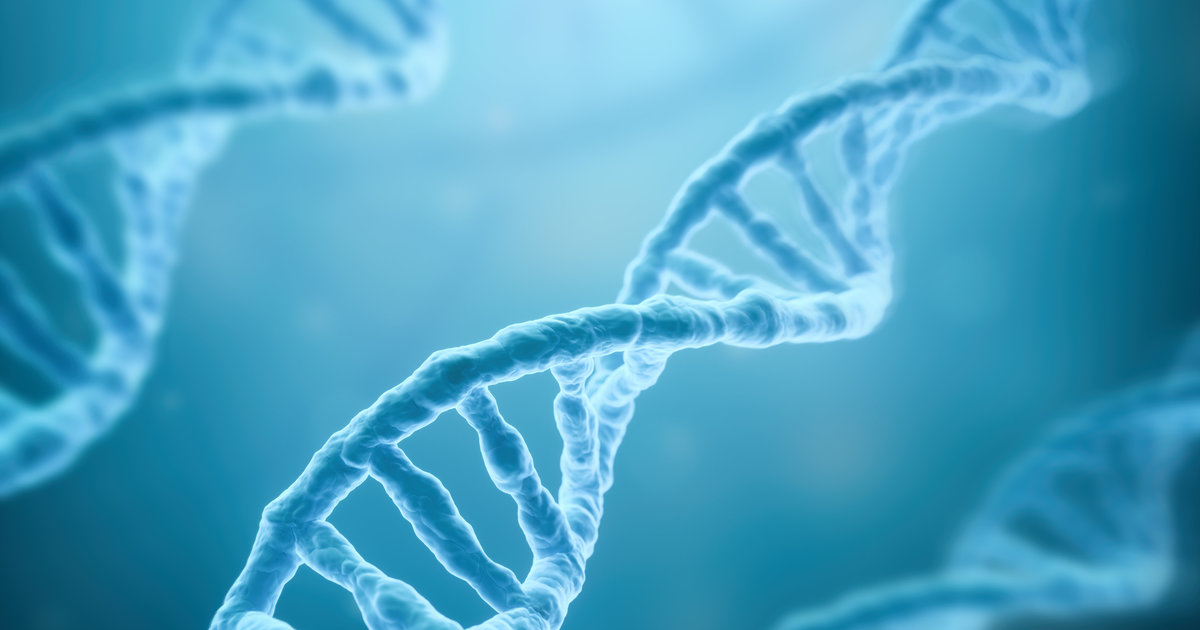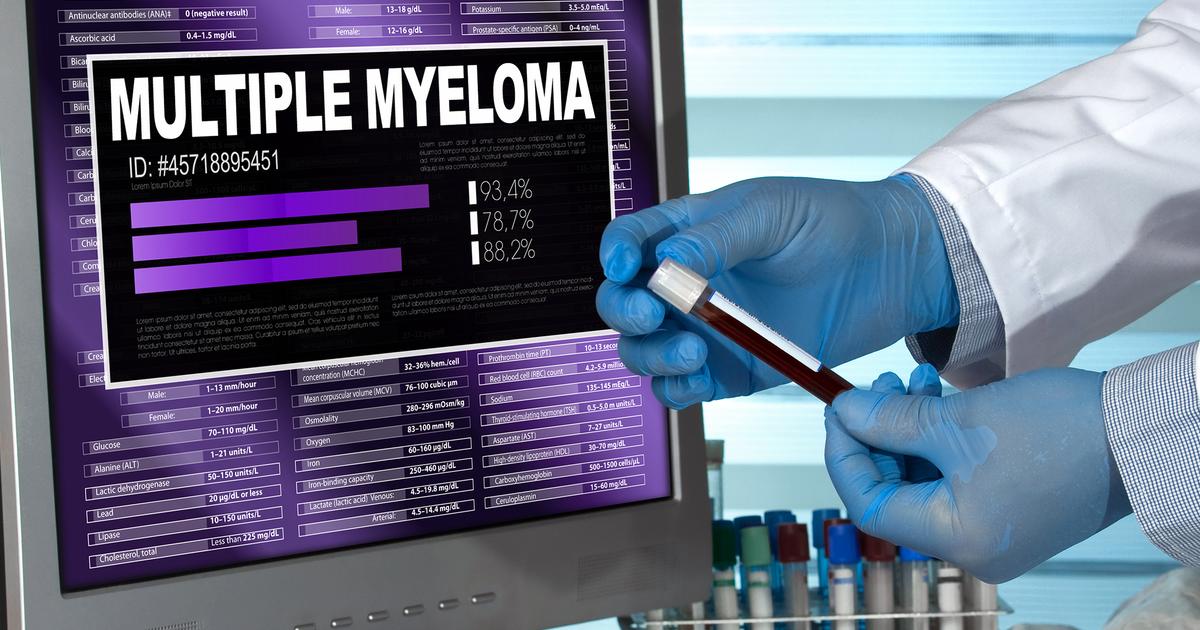Common Causes, Risk Factors, And Complications Of Amyloidosis
Amyloidosis is a group of rare conditions that cause a build-up of amyloid, an abnormal protein, in the body. These conditions are severe, as the amyloid buildup affects the organs and tissues, making it difficult for them to function properly. The symptoms will depend on which organs and tissues are affected. However, there are several common symptoms patients report, such as swelling, weakness, fatigue, lightheadedness, loss of appetite, diarrhea, numbness in the fingers, and stiff muscles. Shortness of breath, heart arrhythmia, edema, heart failure, and kidney failure are also possible. The amyloids may buildup in the liver, spleen, digestive system, or nerves, which could cause damage to these areas, as well. If amyloidosis goes untreated, it can lead to organ failure.
Buildup Of Amyloid

There are a variety of potential causes of amyloidosis, but the main factor that leads to complications is the excessive buildup of the amyloid protein. When this occurs, the heart, skin, nerves, kidneys, and liver can be negatively impacted. Amyloid protein is produced in the bone marrow and can be redistributed to any tissue or organ in the body. Though its exact function is not known, it is thought to play a crucial role in exporting iron as well as regulating the formation of synapses between the nerves. However, when it does not distribute efficiently, the buildup of amyloid can cause painful swelling in the tissues and organs.
Chronic Inflammatory And Infectious Diseases

Amyloidosis can also occur as a result of a variety of chronic inflammatory and infectious diseases. These increase swelling and buildup of the amyloid protein, as well as weakening the immune system's ability to defend itself. Individuals with inflammatory diseases such as rheumatoid arthritis, ankylosing spondylitis, psoriatic arthritis, and juvenile arthritis are at a much higher risk of developing amyloidosis. Amyloidosis, in these cases, occurs as a reaction to another disease that has inflamed or weakened the body. While extra proteins are normally broken down, systems already weakened due to fighting off other diseases are incapable of doing so.
Gene Abnormalities

Though not as common, amyloidosis can also be caused by gene abnormalities, as there is a form of the condition that can run in families. Known as hereditary ATTR amyloidosis, patients with this condition can possess mutations in the TTR gene. However, several different gene abnormalities can be present at birth. The symptoms will be determined by which genes experience mutations. Patients who have inherited the disorder typically do not begin to show symptoms until the thirty years old. Furthermore, this form of the disorder more often affects the nerves, heart, liver, and kidneys, as opposed to other organs and tissues in the body.
Long-Term Dialysis

Dialysis, also referred to as renal replacement therapy, is a treatment procedure used when caring for patients with kidney problems or kidney failure. The process involves removing excess water, toxins, and solutes from the blood through a filtration system, as the kidneys have lost their natural ability to complete this crucial function properly. In patients with amyloidosis, the extra proteins are deposited into the tendons, muscles, joints, and organs, which causes a painful buildup of fluid. While the process removes unwanted things from the blood, long-term dialysis can actually contribute to further inflammation in the body, causing amyloidosis.
Abnormal Antibodies In Bone Marrow

Amyloid proteins are created in the bone marrow. Amyloidosis occurs when certain cells, called plasma cells, create abnormal antibodies in bone marrow. These then enter the bloodstream and leave excessive deposits of amyloid, which then lead to a buildup and blockage. Normal, healthy bodies have these chains of proteins and antibodies in their blood. In fact, they help to protect the body from many infections and illnesses. However, these abnormal chains clump together in a way not easily cleared away by the body. Over time, these clumps build up as deposits in the tissues and organs, which impedes their ability to function and gradually stops them altogether.
Age And Gender

An individual's age group and gender may put them at an increased risk of developing amyloidosis and experiencing related complications. Individuals younger than forty years old are at very low risk for developing amyloidosis in the absence of other risk factors. A type of amyloidosis referred to as senile amyloidosis is caused by transthyretin or TTR buildup in the tissues occurs more often in elderly patients. Senile amyloidosis that develops in the elderly population is known to have a more favorable complication and overall prognosis than primary amyloidosis that develops in individuals in their fifth decade of life or younger. The gender discrepancy among individuals affected by amyloidosis is negligible. However, some researchers have concluded primary amyloidosis affects males more often than females by a small percentage. Researchers have also concluded males are also more likely to experience cardiac involvement and dysfunction due to amyloidosis than females.
Multiple Myeloma

An individual affected by multiple myeloma may develop amyloidosis as a complication of their disease. Multiple myeloma patients develop abnormal cells in their bone marrow that cause the production of too many white blood cells referred to as B lymphocytes. These excess B lymphocytes interfere with the normal function of bone marrow, blood, and other organs due to their accumulation in tissues around the body. The exact mechanism of how multiple myeloma causes amyloidosis is not known, but is thought to be associated with the deposition of amyloidogenic light chains in the bone marrow and other body tissues. These amyloid deposits are commonly found in an affected individual's bone marrow, subcutaneous fat pads, liver, kidneys, and heart. Between ten and fifteen percent of all patients diagnosed with multiple myeloma will develop some degree of amyloidosis during their disease.
Kidney Damage

An individual with kidney damage being treated with long-term dialysis is at a higher risk of developing amyloidosis than someone who is not affected by kidney damage. The kidneys are responsible for the function of filtering toxins, wastes, and fluids from the blood so they can exit the body through the urine. Each healthy kidney filters between 120 and 150 quarts of blood every day. Primary amyloidosis of the kidneys develops when amyloid deposits cause damage to the small filters in the kidney tissues. Dialysis-related amyloidosis develops when beta-2 macroglobulin or a certain type of protein accumulates in the blood because the dialysis machine does not have the capacity to filter and remove it the same way healthy kidneys can. Hemodialysis and peritoneal dialysis can both increase a patient's risk of developing dialysis-related amyloidosis. This discrepancy in the functionality of dialysis and the human kidney can cause a patient to develop hyperlipidemia, albuminuria, edema, and hypoalbuminemia in addition to amyloidosis.
Heart Failure

An amyloidosis patient may develop heart failure as a complication of their disease. Cardiac manifestations of amyloidosis can be caused by systemic and primary amyloidosis. Common features that appear in the heart tissues include right-sided heart failure and restrictive cardiomyopathy. When amyloids deposit and accumulate in the patient's heart muscle tissues, the muscle itself can become abnormally stiff. When the heart muscle becomes stiff, the pumping mechanism it uses becomes compromised. The heart of an individual affected by amyloidosis can experience diastolic dysfunction, where the heart cannot relax properly during the time between heartbeats. This malfunction causes it to be less able to fill up with blood. An individual affected by amyloidosis can also experience systolic dysfunction of their heart, where the amyloid deposits make the chambers too stiff to contract properly. Heart failure is defined as the inability of the heart to pump blood around the body sufficiently due to an underlying mechanism.
High Blood Pressure

An individual with amyloidosis is at a greater risk of developing high blood pressure. Blood pressure is mainly regulated by the kidneys, as the kidneys determine the volume of an individual's blood. The kidneys work to do this by filtering out fluids and sodium for blood pressure reduction, and retaining fluids and sodium for an increase in blood pressure. Amyloidosis can cause a patient to develop problems with the functionality of their kidneys, causing them to have an inability to regulate the amount of fluid and electrolytes in the blood. This malfunction causes increased blood volume, which increases blood pressure. Amyloidosis can also cause amyloid deposition in the walls of an individual's blood vessels. This deposition makes blood vessels less able to expand and accommodate higher volumes of blood, which results in increased blood pressure.
